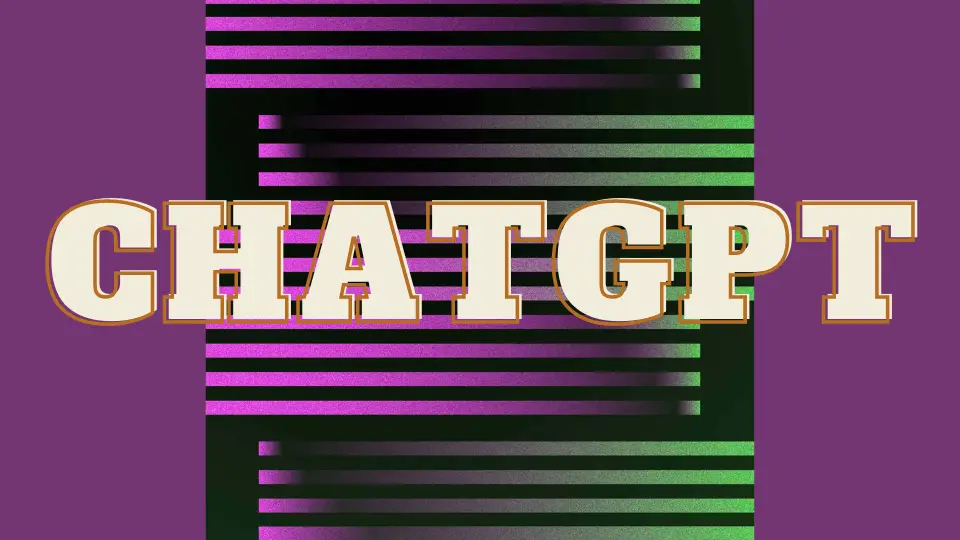[Chatgpt for Photography Enthusiasts: Tips, Techniques, and Inspiration]

Executive Summary:

ChatGPT can be a valuable tool for photography enthusiasts, offering a wealth of information, inspiration, and assistance. This comprehensive guide explores the key ways photographers can leverage ChatGPT, including tips, techniques, and subtopics to enhance their craft.

Introduction
Immerse yourself in the world of photography with ChatGPT as your guiding light. Discover the captivating artistry and find your unique photographic voice with the assistance of this powerful AI companion.
FAQs
Q1. How can ChatGPT improve my photography skills?
- Offers personalized guidance and feedback.
- Provides technical information and camera settings.
- Generates creative ideas and inspiration.
Q2. Is ChatGPT suitable for both beginners and experienced photographers?
- Yes, ChatGPT tailors its responses to the user’s skill level.
- Beginners can gain foundational knowledge and practical tips.
- Experienced photographers can refine their techniques and seek creative inspiration.
Q3. Are there any limitations to ChatGPT for photography?
- May lack real-world experience and hands-on expertise.
- Limited ability to capture spontaneity and unique moments.
- Relies on existing knowledge and may not always provide original or groundbreaking insights.
Subtopics
1. Composition Techniques
- Rule of Thirds: Divide the frame into thirds, placing important elements along the gridlines or intersections.
- Leading Lines: Use lines within the scene to guide the viewer’s eye to the focal point.
- Negative Space: Utilize empty areas to enhance the impact and balance of the composition.
- Symmetry and Asymmetry: Create visually appealing compositions with balanced elements or embrace asymmetry for dynamic impact.
- Depth: Control the illusion of distance and perspective using techniques like layering and vantage point.
2. Lighting Control
- Natural Light: Understand the qualities of different types of natural light, such as golden hour and directional light.
- Artificial Light: Control and shape artificial light sources, including flashes and continuous lights.
- Color Temperature: Adjust the color temperature of lights to match the desired mood and atmosphere.
- High-Key and Low-Key Lighting: Create dramatic effects by using bright or dark lighting schemes, respectively.
- Rembrandt Lighting: Use a specific lighting technique to produce an eye-catching triangular highlight on the subject’s face.
3. Post-Processing Mastery
- RAW Editing: Learn the basics of working with RAW image files for maximum control over image processing.
- Color Correction: Adjust the color balance, saturation, and vibrancy to enhance the visual appeal.
- Sharpening and Denoising: Improve image clarity by sharpening details and reducing noise.
- HDR Photography: Capture a wider range of tones by merging multiple exposures into a single image.
- Creative Filters and Effects: Explore various filters and effects to add artistic flair and personalized touches to images.
4. Storytelling through Photography
- Candid Moments: Capture genuine and unposed expressions to convey a story through photography.
- Environmental Portraiture: Use the surrounding environment to provide context and reveal the subject’s personality.
- Sequential Photography: Create a narrative by capturing a series of images that unfold a story over time.
- Emotional Expression: Convey emotions and tell stories through the eyes, body language, and expressions of subjects.
- Symbolic Imagery: Incorporate symbols and metaphors to add depth and meaning to photographic compositions.
5. Understanding Camera Settings
- Aperture: Control the depth of field, sharpness, and exposure by adjusting the aperture value.
- Shutter Speed: Freeze motion or create motion blur by controlling the duration of light exposure.
- ISO: Adjust the camera’s sensitivity to light to compensate for various lighting conditions.
- Exposure Compensation: Override the camera’s automatic exposure settings to achieve desired brightness levels.
- White Balance: Ensure accurate color reproduction by adjusting the camera’s white balance according to the light source.
Conclusion
ChatGPT offers a captivating synergy between technology and artistry, opening new horizons for photography enthusiasts. Embrace its potential to enhance your technical skills, fuel your inspiration, and elevate your photographic journey. Let ChatGPT be your trusted companion, inspiring you to capture the world through a unique and captivating lens.
Keyword Tags
- Artificial Intelligence in Photography
- Photography Tips and Techniques
- Chatgpt for Photographers
- Composition Techniques
- Post-Processing Mastery
